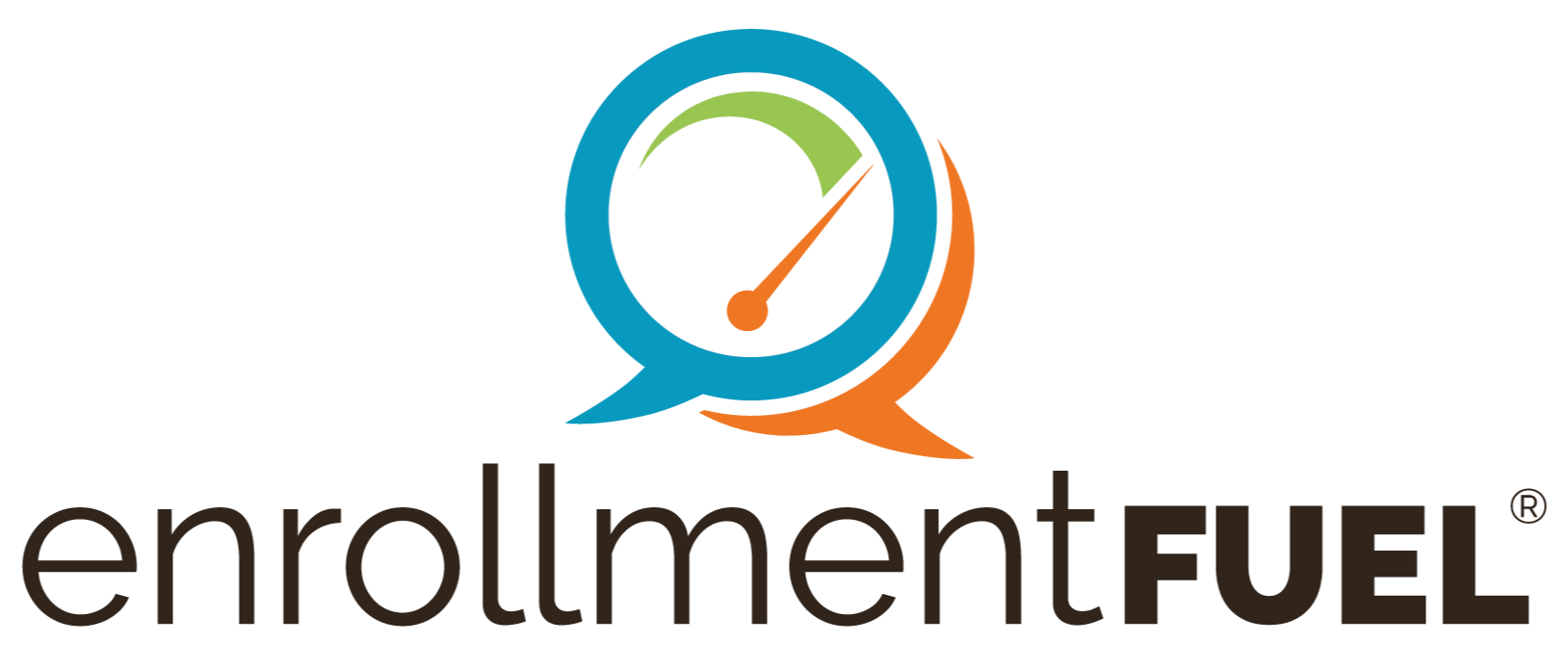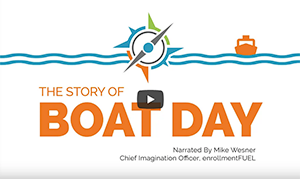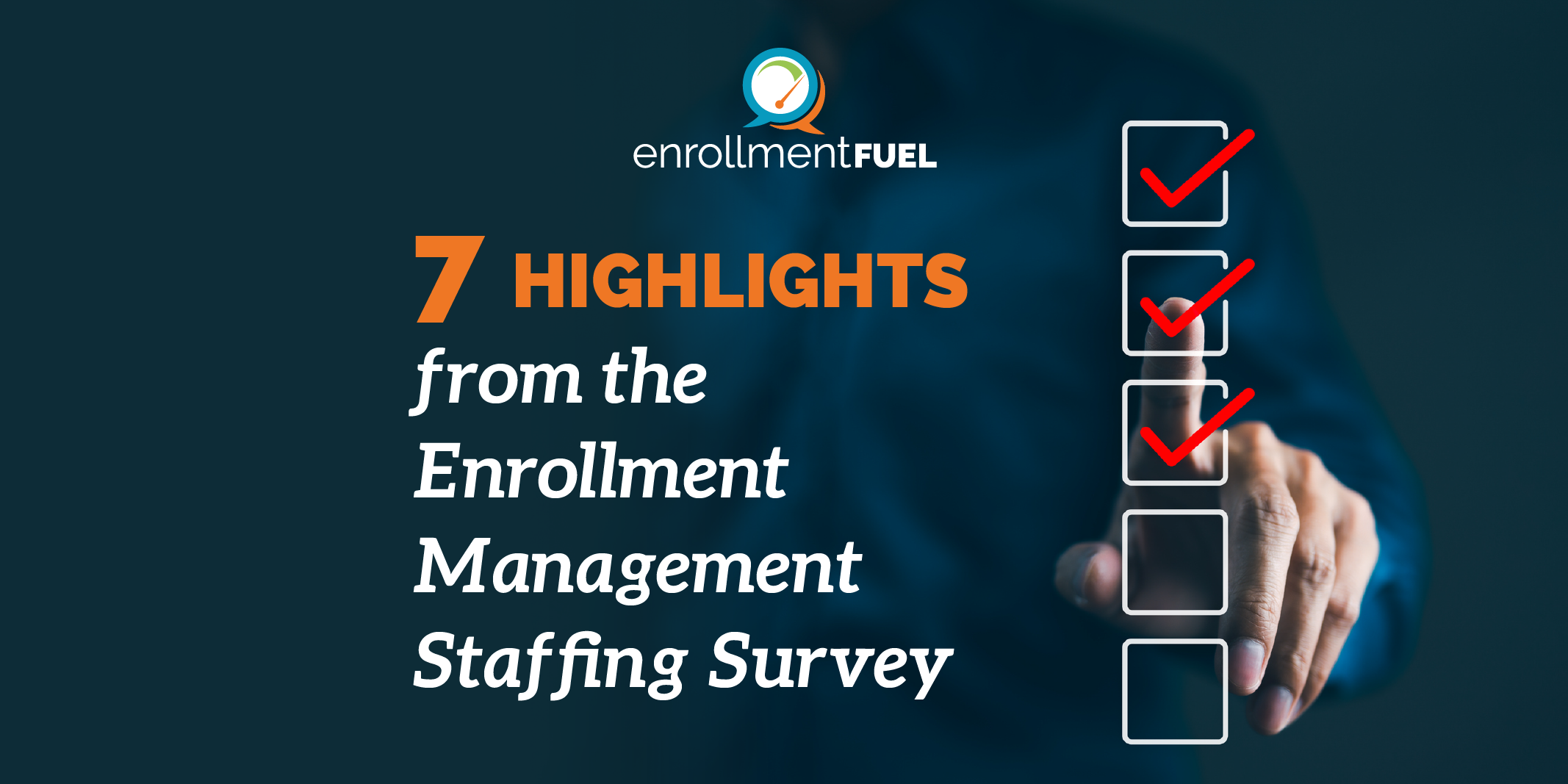Enrollment Planning: a new engine, tune-up, tires, paint job, or just more gas?
Enrollment planning is a little like automobile maintenance. Sometimes all you need to do is tune up the process. Sometimes things are broken, and you need an overhaul and new parts. The trick is being able to distinguish when to do what, so you get the results you want.
Here are my top 5 actions items for effective planning for a successful cycle.
1. What Worked (and What Did Not Work) Last Year?
Analysis sheds light on problems and opportunities. Seek insight from both qualitative and quantitative data to answer take a deep dive into who your recruits were and how they acted.
- Where did your enrolled students come from?
- Did they act as you expected and had planned for?
- Were there any market shifts?
- Were there any notable changes in the incoming student profile – academic quality, diversity, financial need, legacy, denominational ties, co-curricular and academic interests?
During this stage, you are opening a Pandora’s box. Let your experience guide you on the most important problems to solve, because you can’t always fix everything.
2. Experience Engineering
Visits take more time, require a greater investment, and involve more people than anything else in the recruitment process. There is also a huge pay-off for campus visits, so paying close attention to this is one of the most important things that admissions leaders can do.
A few years ago, I realized that the campus visit experience didn’t start when the visitors arrived in the guest parking spot. It started when the prospect (or the prospect’s mom) began setting up the visit – the call to the admissions office, the web form to set up the details of the visit or an email exchange with my admissions staff.
Investigate to eliminate friction. Was the process to schedule easy or awkward? Was it intuitive and fast? Was my team responsive? Did we ask the right questions? Were we welcoming? Was the visit memorable? Did we follow through with our brand promise? Did we allow changes to be made? Could the visitors tell the difference between my college and others being considered? And finally, is the campus tour telling our story or giving lots of factoids? There’s a huge difference!
3. How is Your CRM performing?
The days are gone that having a CRM is optional. Your CRM is an essential communication tool. When this tool does not perform, you could be operating with a competitive disadvantage.
- A CRM performance assessment helps you understand if it is working for you – or if you are working for it!
- Is the CRM being used by your recruiting partners across campus?
- Does it play nice with your SIS (data migration)?
- Is it helping you communicate effectively with my prospects?
- Does it track your students so you can identify the deeply interested prospects from the “just looking”?
- Can you get accurate information when you need it?
- Do you have access to the right data dashboards?
- Is the data easy to interpret?
The answer to the last question is critical to success. There is nothing worse than having an abundance of data that no one can understand. Information is only useful if people know what it means.
4. Communication Planning – Are You Saying the Right Things to the Right People at the Right Time?
An effective communication plan begins early in the life of the prospect and builds over the course of time. Every recruitment cycle, it pays to review letters, emails, texts, postcards and brochures. Pay close attention at message progression, message intentionality, and institutional brand voice.
Parents are important, so have a solid communication plan for them, as well as students. You will need to inform, woo, celebrate and convince them that your institution has value for their students. Along with often paying the bills, parents can also be gatekeepers and agenda-setters in the college search process.
5. Is Everyone Onboard?
There is nothing more exciting – and effective –when recruiting a class as when the entire institution communicates the same brand message to prospects. Whether it’s a tour guide, a professor, a coach or an admissions counselor, when everyone says the same thing, students and parents are more likely to hear, understand and retain messages about your institution’s value.
I call it “ringing the bell.” When an institution knows who they are, what makes them different from others, and can communicate that clearly, there is purity of sound in communications. It is essential enrollment leaders do whatever they can to bring that harmony to the messages throughout the recruitment cycle. Often, this means training your colleagues in other departments on new programs, athletic teams, facilities, delivery models, outcomes and so forth, because it is a vital step in ensuring authenticity and transparency – two attributes sought by today’s students and their families.
Last Thoughts
Two decades of enrollment management experience has taught me that planning is not a perfect science, but there is tremendous value in taking a structured approach to the planning process. Before you start another cycle, there is value in understanding what worked and where there are opportunities for improvement.
Related Articles
Slate Launchpad – What I Learned My Second Time Around
After nearly 30 years in enrollment management, I’m going to say it: successful recruitment starts...
Using Collateral to Sell Your Institution
Budget changes, COVID-19 seismic shifts, decreasing numbers of high school graduates, and reduced...
NACAC’s Change in SPGP Ethics Standards
I just got back from the annual NACAC conference in Louisville. Throughout my enrollment career,...




